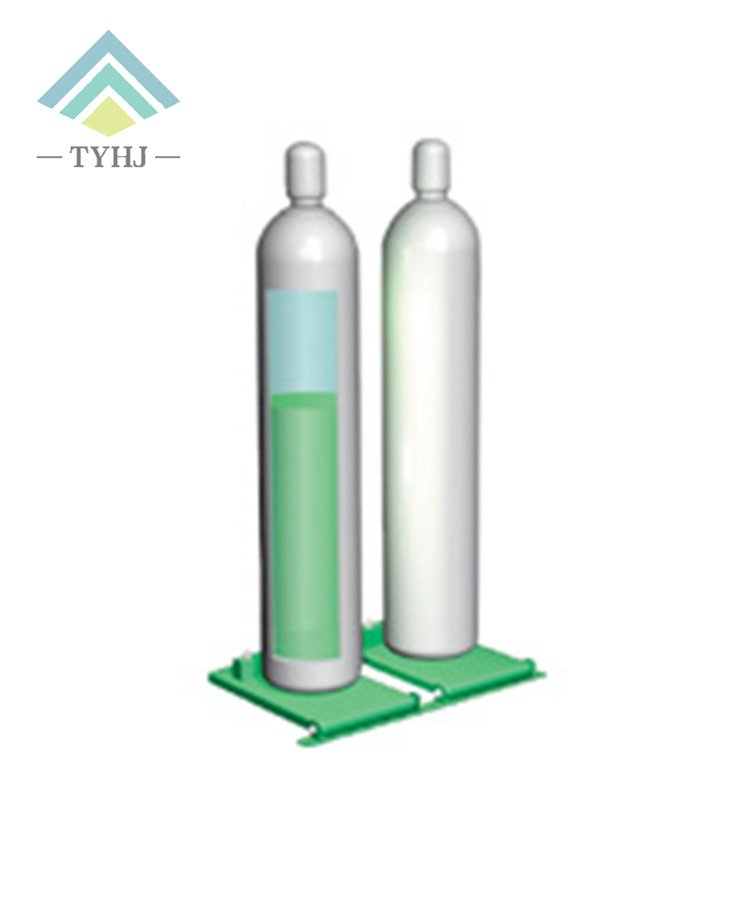As we all know, the exposure to hydrogen sulfide may cause many dangers. Most exposure to hydrogen sulfide occurs through inhalation. Over time, one gets immune to the odor of the gas and will not be able to detect it, especially when the gas occurs in large amounts. According to OSHA’s Fact Sheet on hydrogen sulfide, the gas also tends to fill and travel low-lying spaces because it’s heavier than air. This places people who work in manholes, sewers, pits and basements at risk.
OSHA has set parameters for industries with occupational exposure to hydrogen sulfide gas. A permissible exposure limit (PEL) has been set in place at ten parts per million (ppm) for an eight hour shift. To put it in perspective, people can die from one whiff of 1000 ppm of hydrogen sulfide. Five minutes of exposure to the gas at 800 ppm is also lethal.
Symptoms of exposure to low levels of hydrogen sulfide at 10 ppm or less include tearing of the eyes, breathing difficulties, and coughing. According to OSHA.gov, continuous and repeated exposure could lead to eye irritation, headaches, uneasiness, fatigue, loss of sleep and weight loss. Increase the exposure to moderate levels and fluid in lungs may form. Nausea and vomiting may also occur at moderate levels. Higher concentrations of hydrogen sulfide meanwhile can result to seizures, unconsciousness, coma, and sudden death.

How can we control exposure to it?
Engineering controls and administrative controls are two ways companies can protect employees from occupational exposure to hydrogen sulfide. Engineering controls consist of ventilation systems that eliminate gas from work areas. Administrative controls are safety measures that workers observe when entering, exiting and working in spaces that may be potentially exposed to hydrogen sulfide gas. Providing workers safety training and testing atmosphere are also forms of administrative controls.
The use of personal protective equipment (PPE) is the third effective way to prevent occupational exposure to hydrogen sulfide. Examples of PPE for hydrogen sulfide gas protection are air purifying respirators and self-contained breathing apparatuses. Gloves and protective clothing also constitute PPEs for hydrogen sulfide exposure.